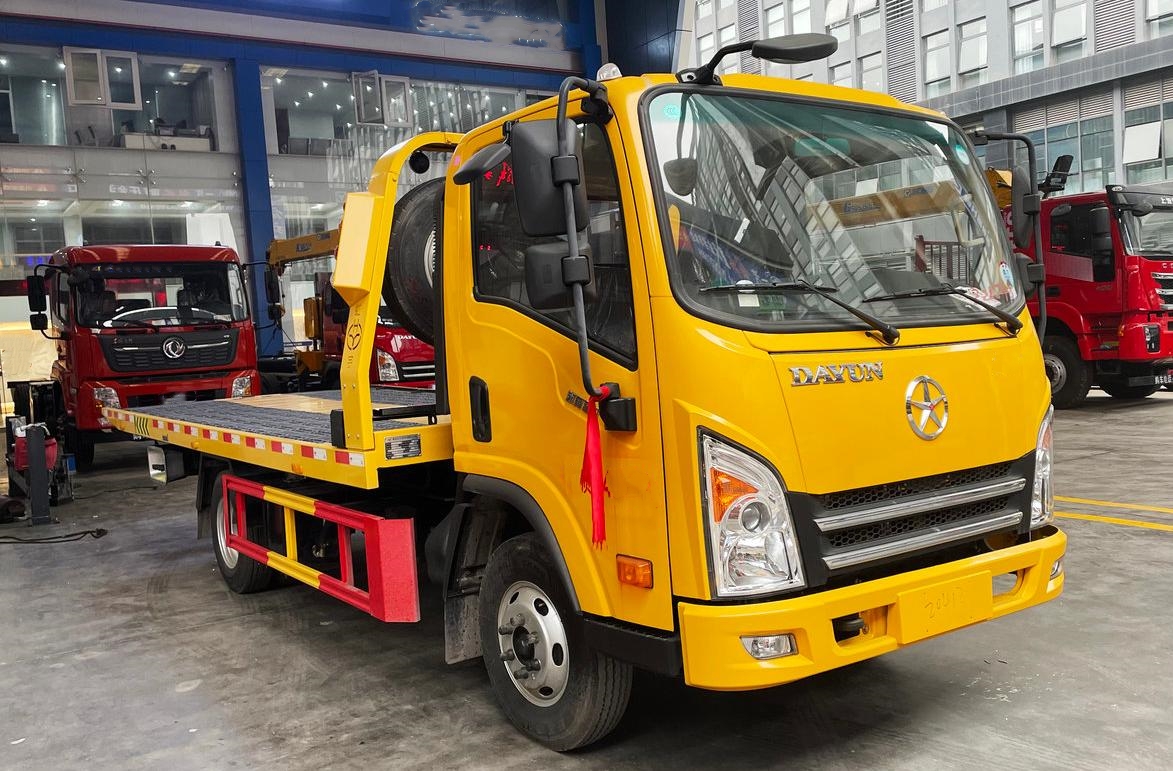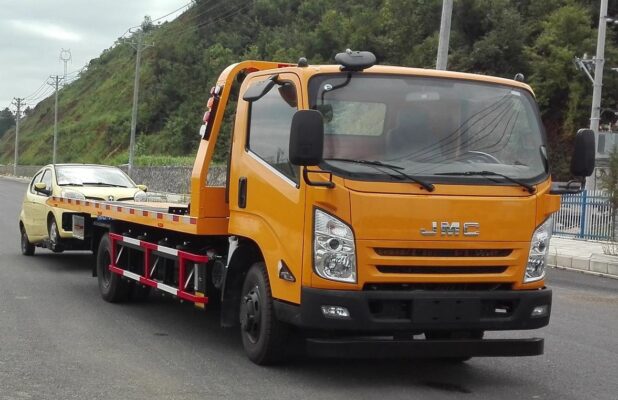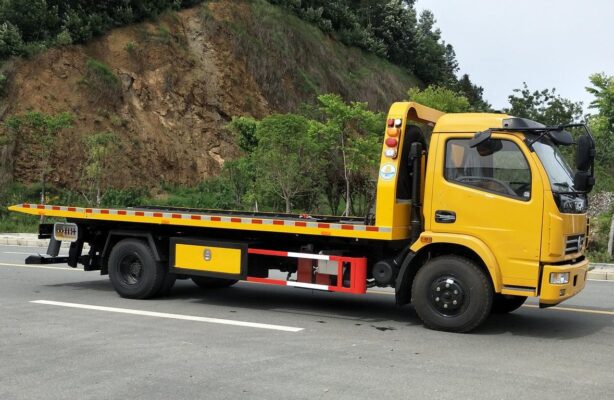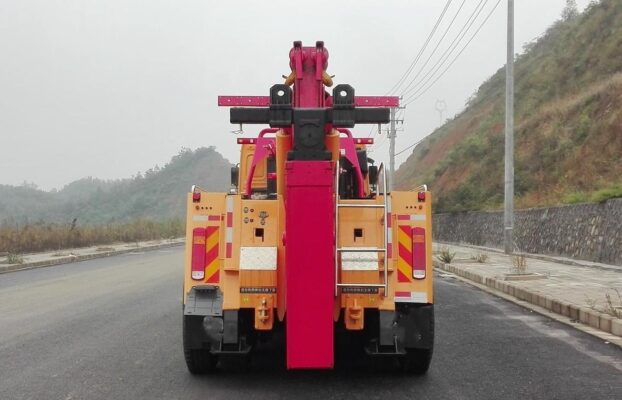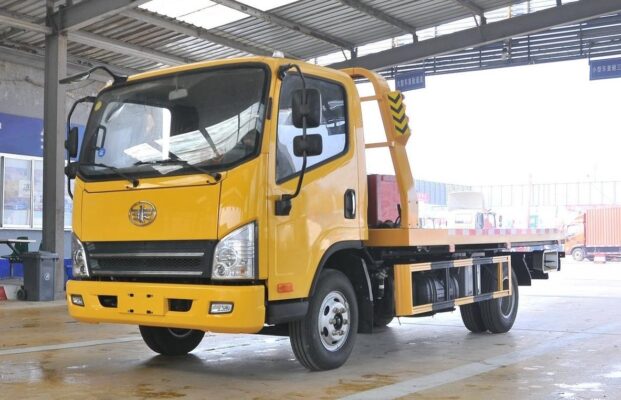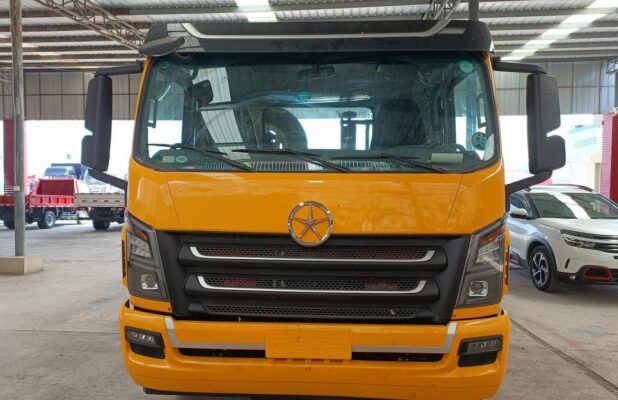The small dźwig and hoisting industry has seen significant development, particularly within China’s lifting equipment sector. With various types of compact lifting machines, including straight-sliding dźwigs, portable dźwigs, mini hoists, small hoists, and other micro-lifting devices, these machines have become highly efficient tools for handling loads in small spaces or lighter-duty applications. A crucial component within these machines is the wire rope, which functions as the primary lifting and load-bearing element. Proper selection of wire rope impacts not only the safety of operations but also the overall performance and efficiency of the hoisting equipment. In this guide, we will discuss key considerations and the correct approach to selecting wire ropes for small dźwigs.
Types of Wire Ropes Commonly Used in Small Lifting Machines
Modern small dźwigs and lifting devices typically use wire ropes in diameters of around 5mm, although some manufacturers may opt for 4mm or 6mm ropes based on specific equipment needs and operational requirements. Users sometimes express concerns that thinner ropes might not offer sufficient strength and durability, which leads to a preference for thicker ropes. However, this approach can be misleading as the rope diameter is only one factor in determining the rope’s lifting capacity and safety.
Understanding Load-Bearing Capacity
The load-bearing capacity of a wire rope is often expressed in kilonewtons (KN), representing the force it can safely bear before failure. For most users accustomed to thinking in terms of kilograms or pounds, kilonewtons might seem complex. To provide a frame of reference, a 5mm wire rope that complies with national quality standards should offer a breaking strength of approximately 600 kg. Thus, for the majority of small dźwig applications, a standard 5mm wire rope is more than adequate, provided it meets quality standards and is free from defects.
Why Quality Matters More Than Diameter
When selecting a wire rope for small lifting machines, users should prioritize the quality and construction of the rope over its diameter. Although the diameter does impact certain performance factors, such as speed and load-bearing capacity, rope quality plays a far greater role in ensuring safe operation. High-quality ropes are typically manufactured to meet stringent standards for material strength, flexibility, and durability, which ultimately provide better performance and resistance to wear and tear.
Common Misconceptions About Rope Thickness
One common misconception among users is that thicker ropes are always better. However, increasing rope diameter without considering the broader impact can negatively affect the dźwig‘s lifting performance. Small dźwigs are often designed with specific motor speeds and pulleys, and a thicker rope requires a larger pulley diameter, which in turn changes the load capacity and operational speed of the dźwig. A thicker rope may increase lifting speed but reduce lifting capacity; conversely, a thinner rope will usually allow for a higher lifting capacity at the cost of reduced speed. Striking a balance between these two factors is essential, and randomly increasing the diameter is not a viable solution.
How Rope Diameter Affects Small Crane Performance
For small dźwigs operating at a fixed motor speed, the diameter of the rope directly influences the relationship between the pulley’s size and the lifting capacity. A thicker rope will naturally require a larger pulley, which translates to higher lifting speeds but reduces the dźwig’s lifting capacity. Therefore, when aiming to maximize lifting capacity, it is advisable to choose a wire rope with the smallest diameter that meets safety standards and provides adequate breaking strength. This also means selecting an appropriate rope length. If the rope is too long, the pulley system is forced to increase in size, which further impacts the lifting capacity.
In other words, selecting the right wire rope diameter is a balance between achieving sufficient load-bearing capacity and maintaining optimal lifting speed. Understanding this balance helps avoid unnecessary concerns about rope thickness. As long as the rope meets established safety and quality standards, its diameter will not compromise the equipment’s performance.
Key Considerations in Wire Rope Selection for Small Cranes
1. Material Quality
High-quality materials are fundamental to the durability and load capacity of the wire rope. Ropes manufactured with lower-grade materials may suffer from reduced tensile strength and may wear out more quickly under heavy loads. Quality materials, such as high-tensile steel, ensure that the rope can withstand stress and handle the intended loads reliably over time.
2. Breaking Load and Safety Factor
Wire ropes should be chosen based on their breaking load capacity, with a safety factor applied to ensure that the rope can handle occasional surges in weight or unexpected operational conditions. National standards for lifting ropes provide breaking load values and recommended safety factors based on usage conditions, so it is essential to refer to these guidelines.
3. Rope Flexibility and Construction
Flexibility is another critical factor, particularly for small dźwigs that may operate in confined spaces or with frequent directional changes. Ropes with a high strand count and finer strands provide more flexibility and are less prone to breaking under bending stresses. The rope’s construction also influences its wear resistance and flexibility, with multi-strand ropes being preferable for applications that require frequent movement or changes in load direction.
4. Environmental and Operational Conditions
Environmental factors such as temperature, humidity, and exposure to corrosive substances can impact the rope’s durability. In situations where wire ropes are used near high temperatures or molten metals, special heat-resistant options like asbestos-core wire ropes are recommended. These ropes provide additional safety by resisting heat-induced degradation, which can be a concern for certain industrial lifting applications.
Specialized Applications and Equipment Compatibility
For certain applications, such as dźwigs mounted on fixed columns or wall-mounted cantilevers, specific types of wire ropes may be more compatible due to the load angle and mounting position. Similarly, dźwigs like portable and mini hoists are best paired with wire ropes designed for compact pulleys and low-speed, high-capacity lifting. Matching the rope type and specifications to the lifting device and intended application can prevent premature wear and help maintain operational safety.
Rope Length Considerations
Rope length is also an important factor in determining the effectiveness of the lifting operation. A rope that is too long will require additional pulley size adjustments, which affects both speed and capacity. Shorter ropes, when feasible, can reduce strain on the pulley system and increase the dźwig‘s lifting efficiency.
Recommendations for Different Small Crane Types
- For Portable and Mini Hoists: Opt for ropes with a small diameter but high tensile strength, prioritizing quality and breaking load capacity over thickness. Shorter rope lengths are preferred to maintain efficiency and avoid excessive strain on the pulley system.
- For Compact Cranes in Tight Spaces: Flexibility is crucial, so consider ropes with higher strand counts for improved bending performance. High-flexibility ropes are also less likely to suffer from kinking or fraying in confined operational settings.
- Heat-Resistant Applications: Use asbestos-core wire ropes or similar heat-resistant types when working near hot surfaces or molten materials. These ropes withstand temperature extremes better, enhancing safety and longevity.
Conclusion: Selecting the Right Wire Rope for Small Cranes
Choosing the right wire rope for a small dźwig requires a comprehensive understanding of both the rope’s physical properties and the operational demands of the dźwig. While it may be tempting to assume that a thicker rope automatically provides greater safety, this approach overlooks the importance of quality and compatibility with the dźwig’s design. Instead, prioritize high-quality materials, proper load-bearing capacity, and the specific requirements of the dźwig to ensure safe, efficient lifting.
In summary:
- Quality Over Thickness: High-quality materials and correct construction are more important than diameter alone in determining the rope’s safety and durability.
- Balance Between Speed and Load Capacity: Rope diameter affects speed and lifting capacity, so choose a diameter that aligns with your operational priorities.
- Consider Environmental Factors: For applications near high temperatures or abrasive environments, select heat-resistant or specially-coated ropes.
- Regular Inspections and Maintenance: Regularly check the rope for signs of wear, fraying, or any other damage to ensure continued safe operation.
By carefully considering these factors and aligning the rope’s specifications with the dźwig’s capabilities, operators can achieve a safe and reliable lifting solution that optimally supports the dźwig’s functionality and minimizes the risk of equipment failure.

